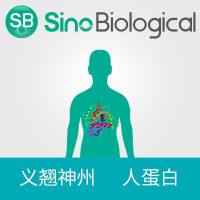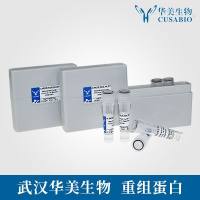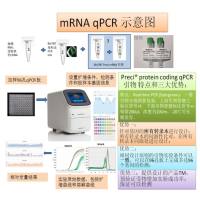Nucleosome Remodeling Factor NURF and In Vitro Transcription of Chromatin
互联网
互联网
相关产品推荐

Recombinant-Neurospora-crassa-Uncharacterized-mitochondrial-protein-urf-Nurf-NUncharacterized mitochondrial protein urf-N
¥14392

重组人 p38 delta / MAPK13 蛋白 (Activated in vitro, GST标签)
¥3220

ATF7IP2/ATF7IP2蛋白Recombinant Human Activating transcription factor 7-interacting protein 2 (ATF7IP2)重组蛋白ATF7-interacting protein 2;MBD1-containing chromatin-associated factor 2蛋白
¥2328

Coagulation Factor II/F2 兔单抗
¥2299

Preci® human(人) RBBP4 (基因ID:5928) qPCR引物对 (全名:RB binding protein 4, chromatin remodeling factor;别名:NURF55,RBAP48,lin-53)
¥139
相关问答

